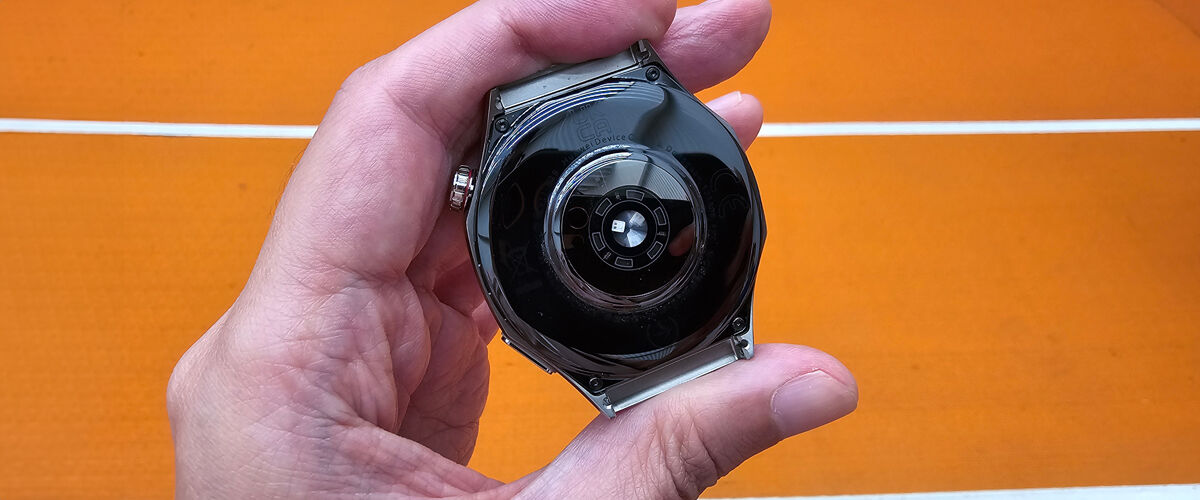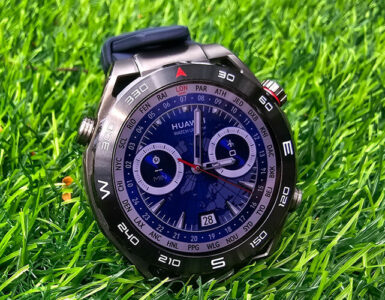- Shares
- 40
With the rise of wearable devices comes an increased awareness for health and fitness. Huawei, now a constant presence in the space, is no stranger to increased demand for convenient and precise monitoring solutions, rolling out new tech one after another.
The Huawei TruSense System marks its latest breakthrough. Announced during a launch event held on 28 August, the brand-new offering seeks to bring accurate, data-driven health technology to everyday life via the company’s own wearables. It focuses on accuracy and comprehensiveness, tracking over 60 health and fitness indicators across six bodily systems, including heart rate, SpO2 (or oxygen saturation levels), blood pressure, and more.
A mental well-being component also allows the sensors to monitor heart rate and autonomic nervous system data, which assess the user’s emotional state and stress levels through advanced algorithm processing. To further growth in this sector, the Chinese giant has already teamed up with over 150 partners to drive pioneering research in diverse fields, from remote healthcare to family health management.

The TruSense System represents a culmination of hard work behind the scenes, as seen from a peek into Huawei Health Lab at Songshan Lake, China. Spanning 4,680 square meters, it serves as a fully-equipped sports lab that allows for the testing and data collection of various activities to fill out Huawei’s data bank. More notably, this particular facility is the largest Huawei Health Lab in the world, with the other two located in Xi’an, China, and Helsinki, Finland.
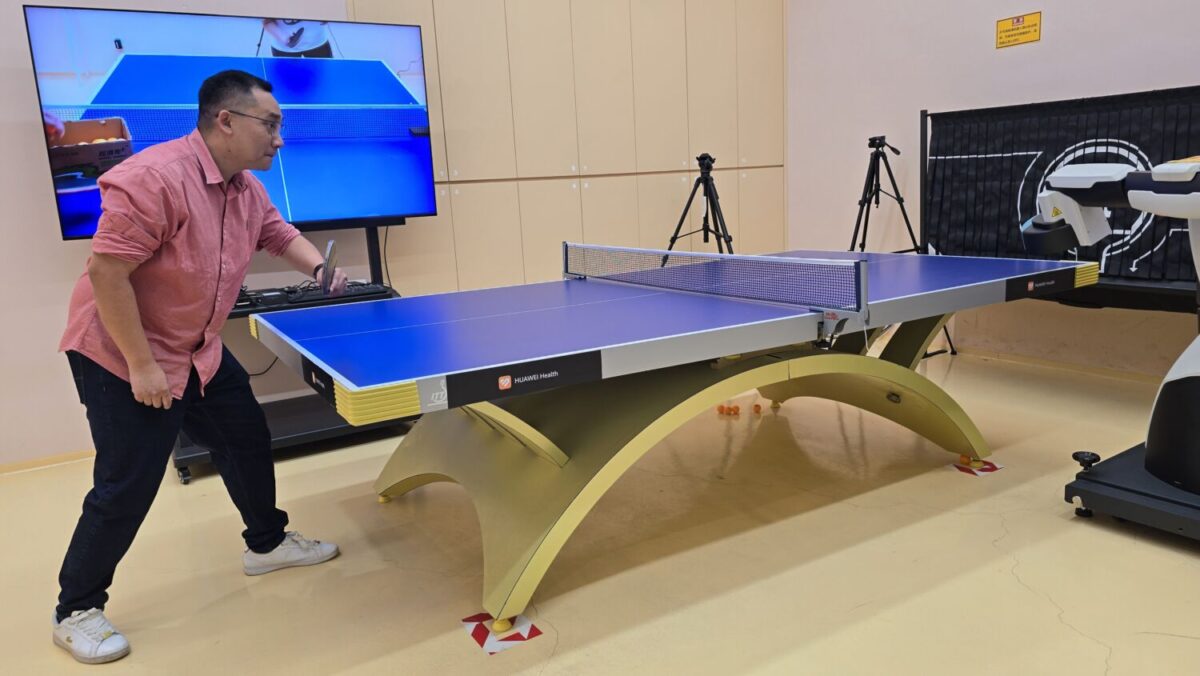
One of the coolest sections is the swimming research and testing zone, which collects raw data such as swim form recognition and underwater heart rate to provide insights and support swimming algorithms. Think of it like an underwater treadmill, where a camera system is placed to capture every leg kick and arm stroke.
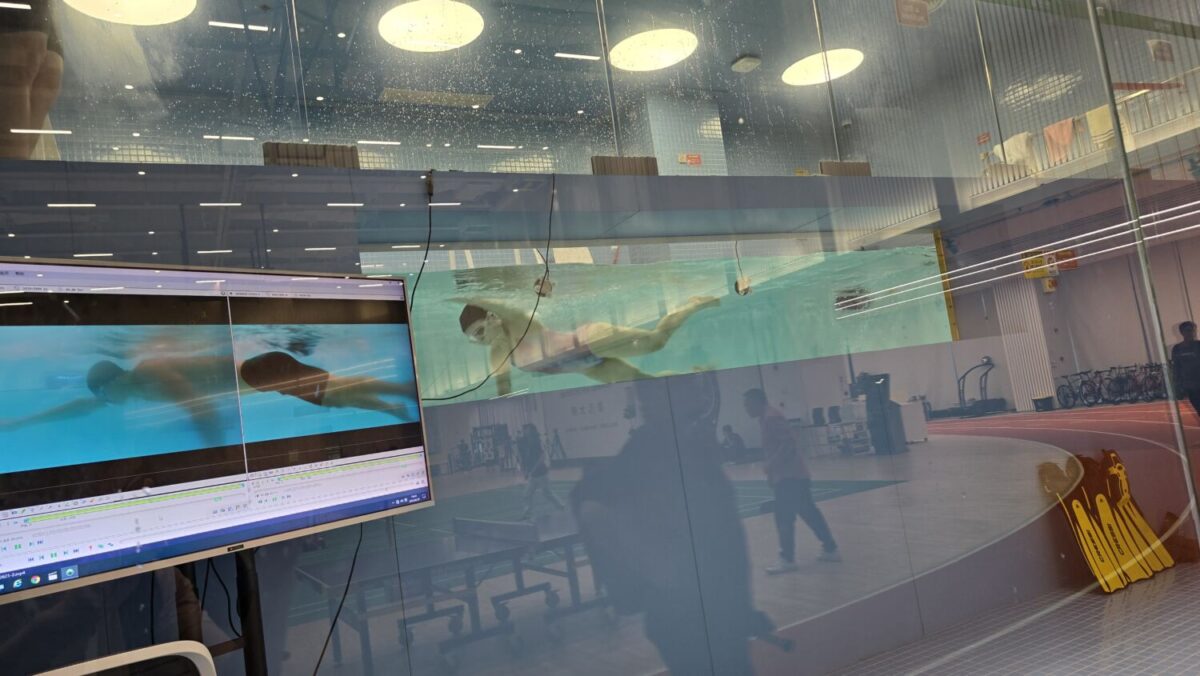
Elsewhere, the multifunctional motion research zone incorporated into a massive treadmill can be adapted to suit cycling, skateboarding and skiing demands, with speeds reaching up to 50km/h. To capture physiological and motion posture data, the room is decked out in motion capture cameras and gas metabolism analysis equipment.
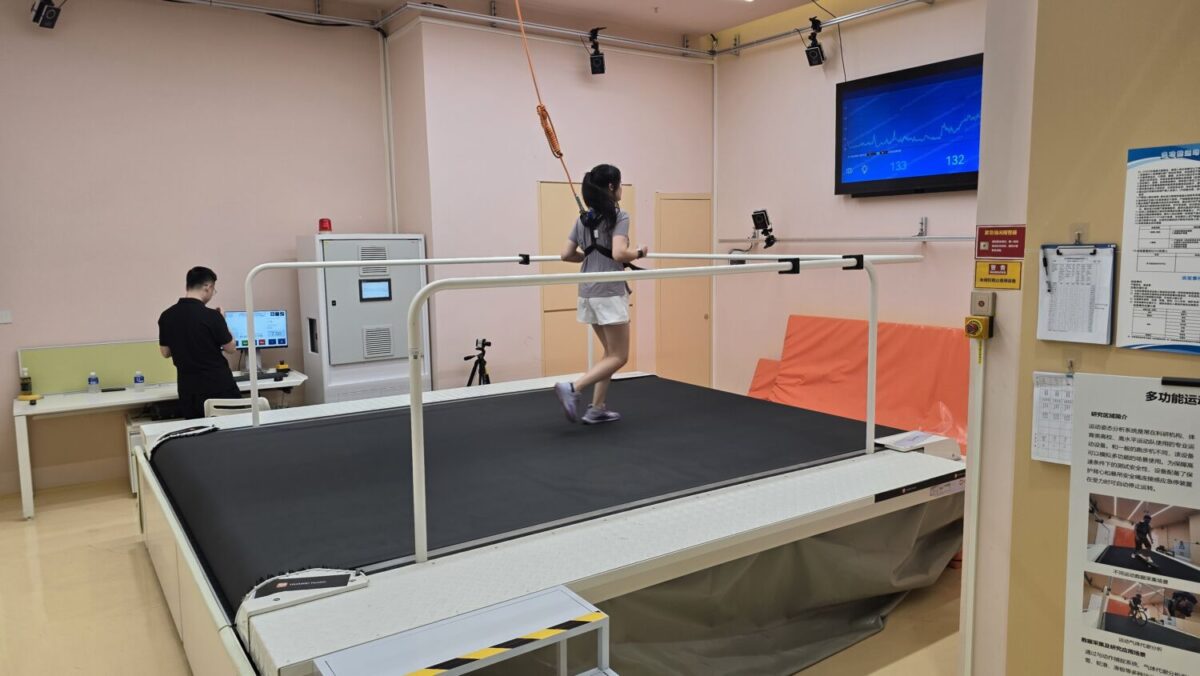
Pressure plates surrounded by a 400-metre running track, meanwhile, are used to capture foot movement while running, jumping, and changes in direction. Huawei will then tap into this data to better understand how the range of motion can lead to injury, and train its wearable devices to prevent and reduce the occurrences of exercise-related industries.
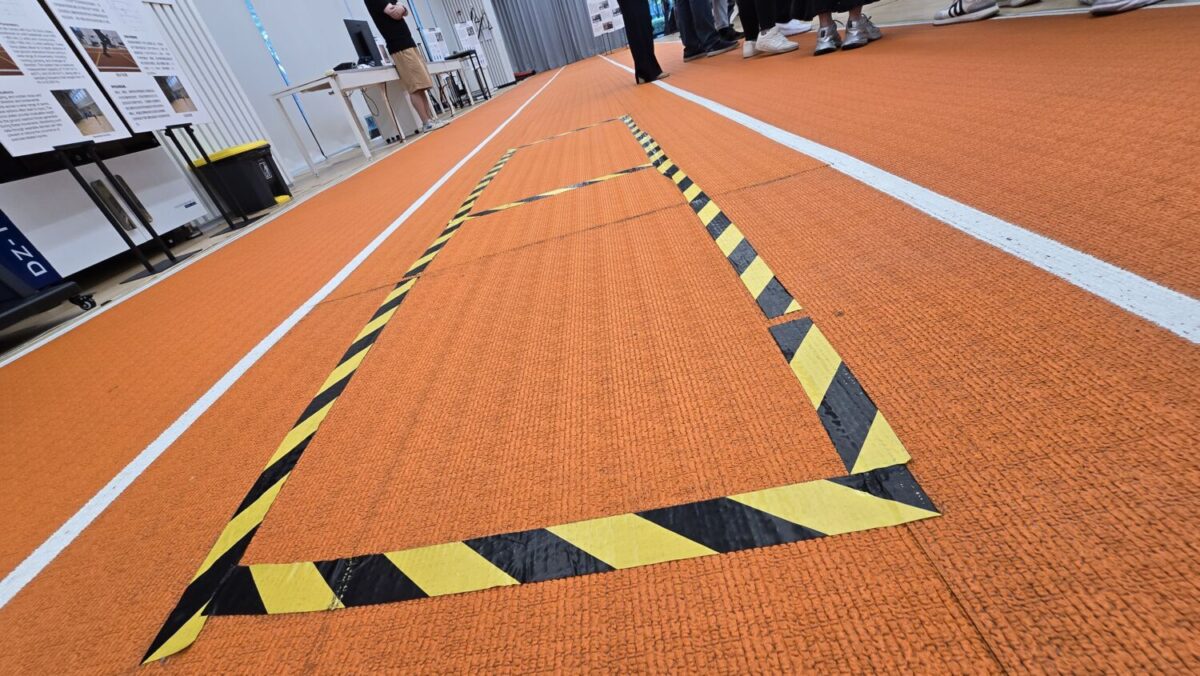
“Huawei TruSense is a major breakthrough for us in the health and fitness sensor technology and will keep us at the forefront of technological development in this space,” said Rico Zhang, president of the company’s Smart Wearable and Health Product Line. “This digital health advancement will further help users pursue healthier lifestyles.”

